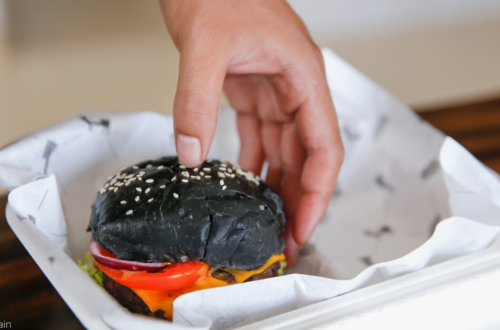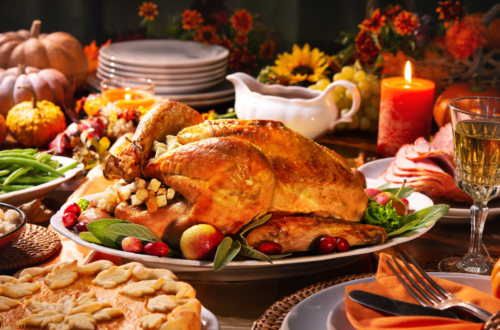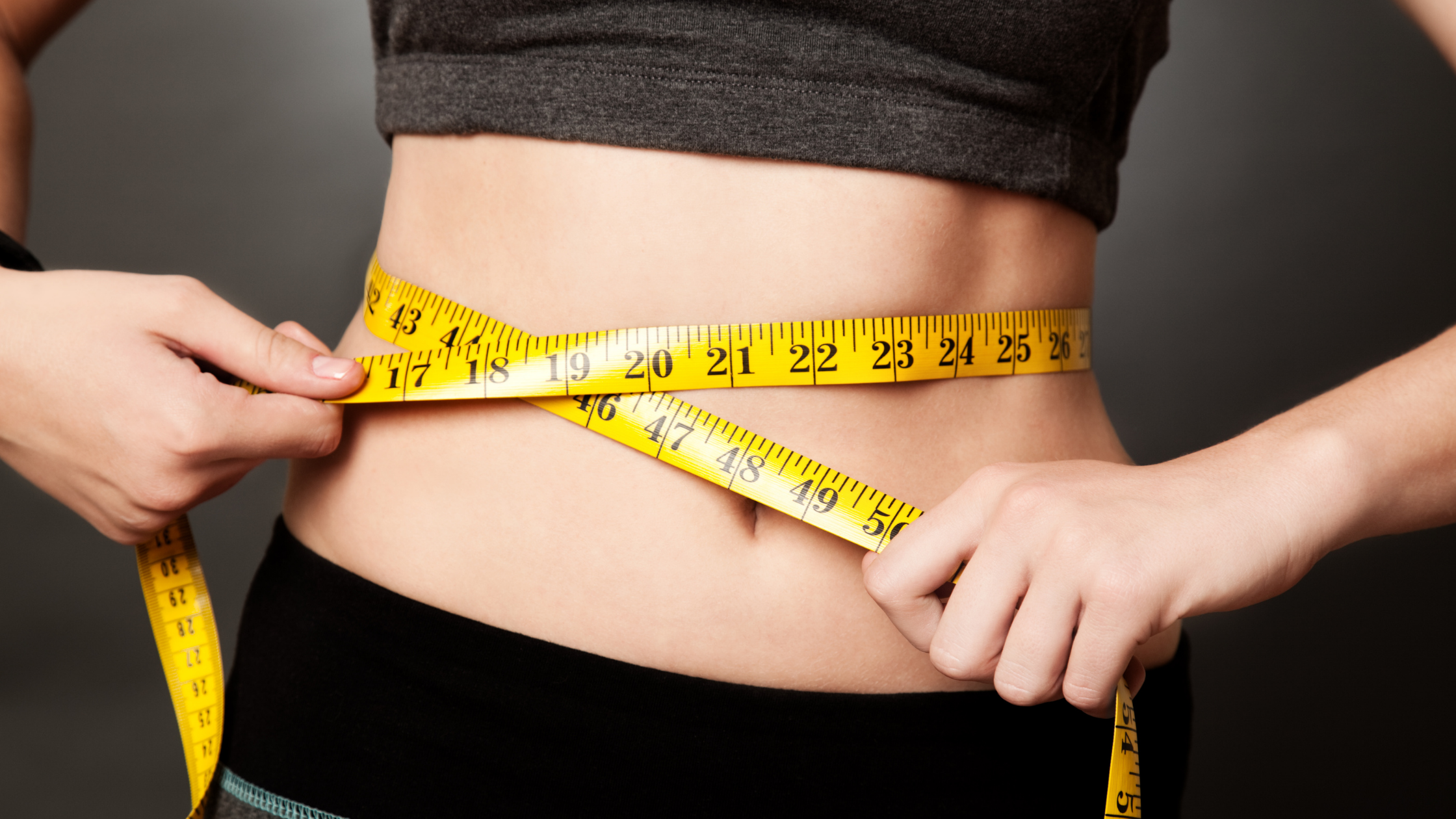
Is it Harder For Women to Lose Weight?
Losing weight is hard for everyone because it’s against nature; it’s anti-survival. But losing weight as a woman is a whole other category by itself.
In general, losing weight for women is more difficult because women have a more complex reproductive system which leads to frequent hormonal fluctuations. Hormones directly affect metabolism and weight loss. Also, women have higher levels of estrogen, and estrogen increases fat storage.
Generally, females tend to have more body fat than males, especially in the hip and thigh regions.
That being said, weight loss is still possible for women; it just takes a little more effort and consistency.
In this blog post we have listed some tips and tricks to help women achieve their weightloss goals easier.
Continue reading to find out!
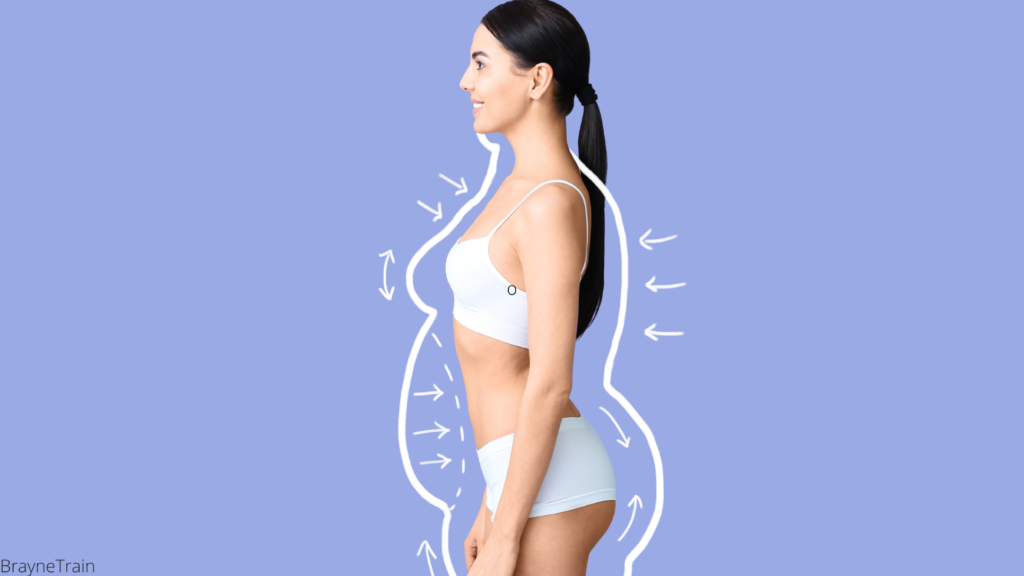
Best tips for Women to lose weight quickly.
The Ketogenic Diet:
Keto is a high fat, low carb, and moderate protein diet that puts your body in ketosis.
When in ketosis, your body uses fat instead of sugar—burning its own fat as a result—turning your body into a fat-burning machine.
To learn more about how you can burn fat without exercising click here!
Numerous studies have indicated that a ketogenic diet helps balance female hormones and eliminate menstrual irregularities.
Ketosis helps lower Insulin levels. Insulin is directly related to estrogen and many other hormones in the female body.
By stabilizing insulin levels, you increase insulin sensitivity and balance other hormonal irregularities, resulting in faster weight loss.
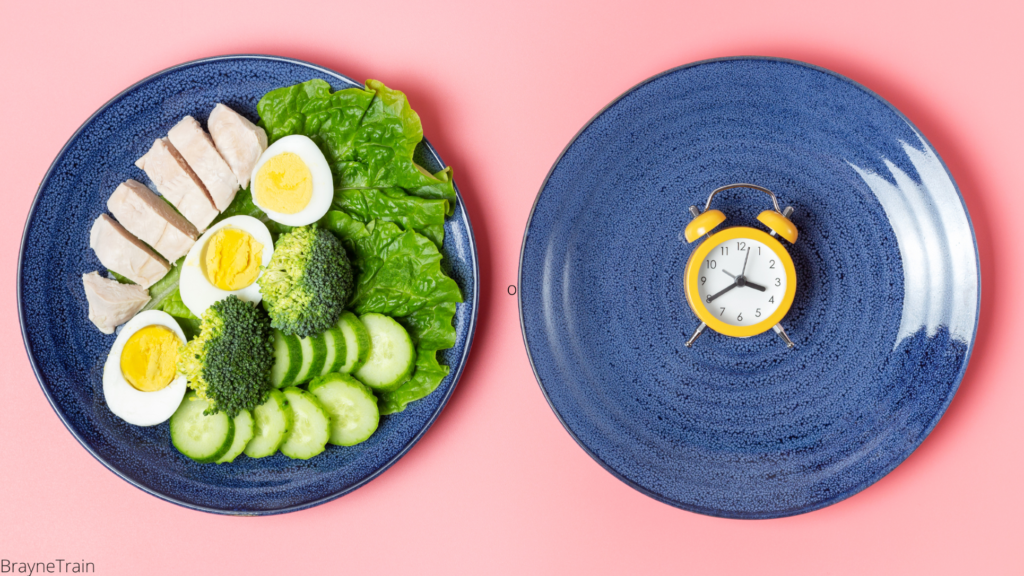
Intermittent Fasting:
Intermittent fasting is an excellent tool for fat loss in women.
Fasting lowers insulin and helps put the body in ketosis.
It’s essential to note that women respond better to fasting than men because women can use hormone fluctuations to their advantage when it comes to fasting.
High estrogen provides satiety, which means estrogen makes you feel full.

Second Week of the Menstrual Cycle.
In the second week of your cycle, your estrogen levels are high, so you feel less hungry; therefore, you can do longer fasts.
For example, a 20 to 24-hour fast, two or three times per week during the second week of your cycle, can be an effective tool for fast weight loss.
Also, you can practice prolonged fasting in the second week of your cycle. Prolonged fasting is a fast that lasts longer than 24 hours. For example, a 36 (Monk fast) or a 48-hour fast.
However, It’s recommended that women do not practice prolonged fasting too often; once per month or once every few months is sufficient to help you lose weight.
The Week Before Your Period.
The week before your period (luteal phase), the progesterone levels peak which results in increased hunger. Therefore, it’s best not to intermittent fast before your period. Instead, try a low-carb diet to help keep your weight stable.

How much protein should women Have?
Higher protein intake helps with more flexibility in women’s diet.
Experts recommend that women get roughly 30-40% of their calorie intake from organic, healthy proteins such as pasture-raised organic eggs or meat.
Protein is satiating, which means eating more protein helps you stay full and lowers hunger and cravings.
Women have more Brown Fat than men.
Brown fat is metabolically active and contains more energy. Brown fat can be burned off in thermogenesis to help create heat. When you shiver in the cold, you burn brown fat to make heat.
Women store more brown fat than men, and they can use this to their advantage.
Specific foods and activities can help burn brown fat and create heat and energy.
- Green Tea:
- Green tea has catechins that act on brown fat and up-regulate thermogenesis (fat-burning for heat).
- Capsaicin:
- Foods containing capsaicin (Cayenne Pepper, Chilli powder, etc.) help activate brown fat and increase thermogenesis.
- Curcumin:
- Curcumin has a browning effect on white fat. This means curcumin turns white fat into brown fat.
- Saunas and Cold exposure:
- A study found that spending 30 minutes a day in a sauna increased free fatty acids in the blood system in women.
- Cold exposure has a similar effect. Cold exposure helps liberate fat into the bloodstream.
- Alternating between sauna days and cold exposure helps release more fat, which you can use to burn off and create heat. Resulting in weight loss.
- HIIT (high-intensity interval training):
- A high-intensity interval training session burns higher amounts of fat than a moderate or low-intensity cardio session.
- A study published in The Journal of Applied Physiology Nutrition & Metabolism found that women burn more fat in response to Submaximal activities, which means women are better fat-burners than men.
- HIIT increases norepinephrine much more in women than men.
- Norepinephrine stimulates the thermogenesis of brown fat.
- A high-intensity interval training session burns higher amounts of fat than a moderate or low-intensity cardio session.
- Yoga:
- A study found that women who practiced twelve weeks of Yoga showed a drastic reduction in their waist-to-hip ratio and BMI.
Best Supplements for women.
Vitamin D: A study showed six weeks of women taking Vitamin D resulted in weight loss.
Probiotics: The British Journal of Nutrition published a study showing women respond very well to probiotic foods (sauerkraut, cottage cheese, yogurt, etc.)
Takeaway:
It’s no secret that women have to work a little harder than men when it comes to weight loss. The hormonal fluctuations can make the process more difficult and sometimes downright impossible. But don’t give up! Follow the tips and tricks we provided you in this post, and you will see the pounds melting off in no time. Thank you for reading!
References:
Hussain J, Cohen M. Clinical Effects of Regular Dry Sauna Bathing: A Systematic Review. Evid Based Complement Alternat Med. 2018;2018:1857413. Published 2018 Apr 24. doi:10.1155/2018/1857413
Chenevière X, Borrani F, Sangsue D, Gojanovic B, Malatesta D. Gender differences in whole-body fat oxidation kinetics during exercise. Appl Physiol Nutr Metab. 2011 Feb;36(1):88-95. doi: 10.1139/H10-086. PMID: 21326382.
Cypess AM, Lehman S, Williams G, Tal I, Rodman D, Goldfine AB, Kuo FC, Palmer EL, Tseng YH, Doria A, Kolodny GM, Kahn CR. Identification and importance of brown adipose tissue in adult humans. N Engl J Med. 2009 Apr 9;360(15):1509-17. doi: 10.1056/NEJMoa0810780. PMID: 19357406; PMCID: PMC2859951.
Weigle DS, Breen PA, Matthys CC, Callahan HS, Meeuws KE, Burden VR, Purnell JQ. A high-protein diet induces sustained reductions in appetite, ad libitum caloric intake, and body weight despite compensatory changes in diurnal plasma leptin and ghrelin concentrations. Am J Clin Nutr. 2005 Jul;82(1):41-8. doi: 10.1093/ajcn.82.1.41. PMID: 16002798.
Yoneshiro T, Matsushita M, Hibi M, et al. Tea catechin and caffeine activate brown adipose tissue and increase cold-induced thermogenic capacity in humans. The American Journal of Clinical Nutrition. 2017 Apr;105(4):873-881. DOI: 10.3945/ajcn.116.144972. PMID: 28275131.
Khosravi ZS, Kafeshani M, Tavasoli P, Zadeh AH, Entezari MH. Effect of Vitamin D Supplementation on Weight Loss, Glycemic Indices, and Lipid Profile in Obese and Overweight Women: A Clinical Trial Study. Int J Prev Med. 2018 Jul 20;9:63. doi: 10.4103/ijpvm.IJPVM_329_15. PMID: 30123437; PMCID: PMC6071442.


